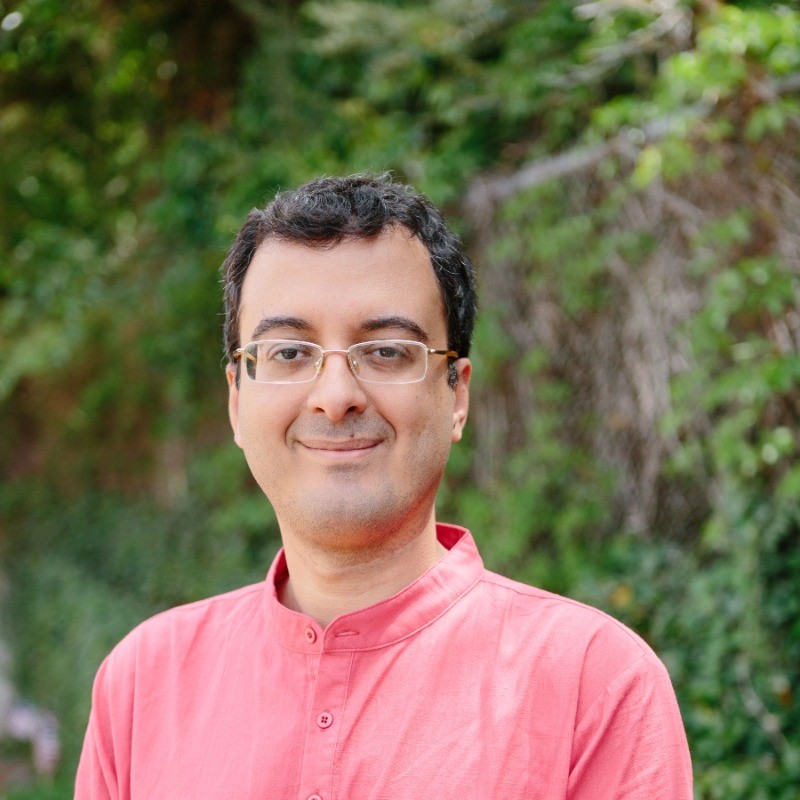EAGER
OVERVIEW
Intense and long wildfire seasons have unfortunately become a normal routine in certain parts of the US. Dangerous wildfires are often driven by intense winds. The chaotic nature of wind patterns makes prediction and fundamental understanding of wildfire growth a challenging task. Current wind-driven wildfire models are difficult to simulate and interpret. In this exploratory project, the key objective is to uncover hidden coherent patterns in wind data that could be used to better understand and predict wildfire growth driven by wind. The project will benefit society as it provides guidelines for wildfire management, which will save lives and reduce the financial burden on communities exposed to wildfires.
In this study, dynamical systems theory will be employed to define coherent structures customized to the transport problems used to model wind-driven wildfire growth. A set of benchmark problems motivated by the field of dynamical systems and chaotic advection together with more complex realistic wind patterns will be leveraged to study the role of coherent structures in wildfire growth. Specifically, the hypothesis that generlized Lagrangian coherent structures could be defined to provide a template for wildfire growth under certain scenarios will be explored. Outreach activities in Utah will use visualization to demonstrate the importance of computer modeling in managing wildfires. This study will provide a new theory that not only simplifies our understanding of wildfire growth under complex wind patterns but also guides wildfire management and mitigation.
PEOPLE

Dr. Amirhossein Arzani
Assistant Professor
Department of Mechanical Engineering
University of Utah

Dr. Ali Tohidi
Assistant Professor
Department of Mechanical Engineering
San José State University

Dr. Fatemeh Afghah
Associate Professor
Department of Electrical and Computer Engineering
Clemson University

Dr. Rob Stoll
Associate Professor
Department of Mechanical Engineering
University of Utah
COLLABORATORS



FUNDING
EAGER is funded by the National Science Foundation's Award #2330212.
